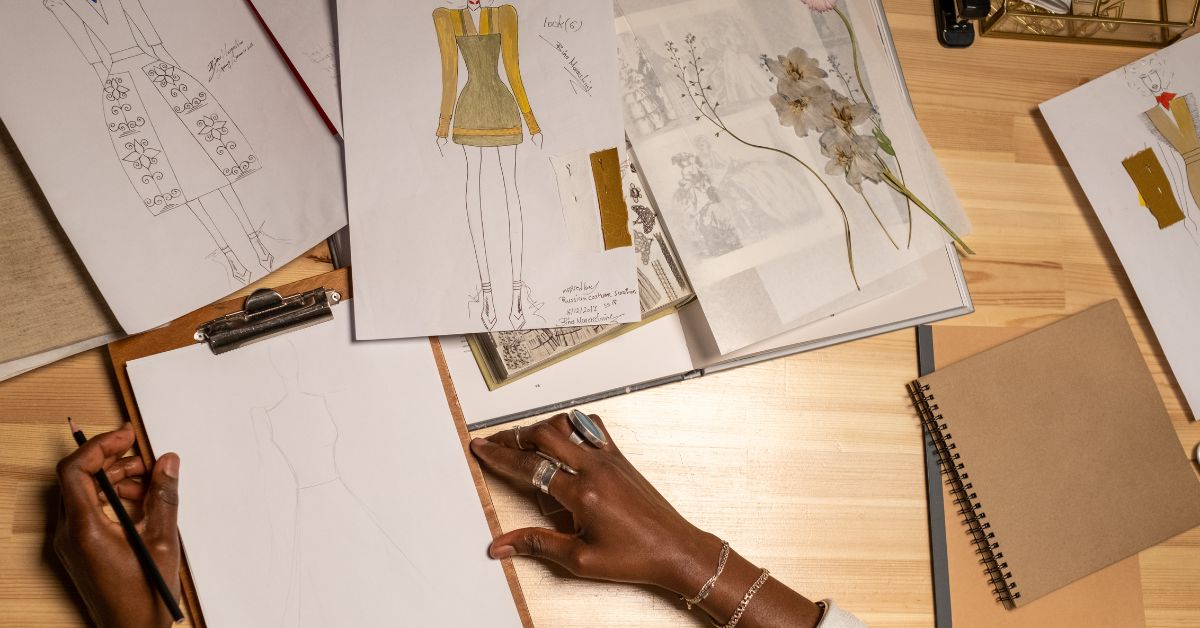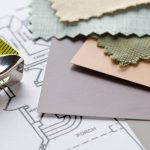The role of a fashion designer is at the center of the fashion design industry, where innovation meets skills. From drawing initial concepts to supervising the end touches on a fashion collection, designers mold the trends and styles that describe each season. Their expertise drives the dynamic and ever-changing world of fashion.
In this article, we will learn about the fashion designer job description, the role of a designer, understand the fashion design industry, and better understand the skills and education needed to be a fashion designer. So, continue reading this article to delve deeper into the role of a fashion designer and understand what skills you will need to have to become a successful fashion designer.
- Core Responsibilities of a Fashion Designer
- Job Description and Key Duties
- Specific Roles and Responsibilities
- Skills and Qualifications
- Challenges Faced by Fashion Designers
- Career Advancement and Opportunities
- Conclusion
Core Responsibilities of a Fashion Designer
What is the work of a fashion designer? Fashion designers play a major role in the achievement of a particular dress or fashion idea. They are a part of every process and stage of the making of an attire from its idea to making and developing to marketing it. There, here are some important roles and responsibilities of a designer:
- Design and draw attires to explain the role of everyone involved.
- Supervises the overall process, from the idea to end product and manufacturing.
- Choose the correct fabric and materials needed for decoration.
- Partner with other fashion experts to decide the correct themes for the season.
- Come up with new ideas and plans and make changes to the collection
- Keep track of every process and step to make sure it works as per the plan and aligns with the company’s goals and objectives.
- Work with a technical designer to make sure that all designs are spot on as planned.
- Assess the product for design, style, and fit and show it to the stakeholders.
- Share the story behind the product, mood, and shade boards with higher management and buyers.
- Assist the marketing team in building strategies.
Job Description and Key Duties
Job Description
Key Duties
- Make Designs: Build new clothing ideas with the help of drawings and strategies.
- Choose Materials: Choose materials for fabrics and other items for the designs.
- Collaborate: Partner with other professional designers and colleagues to build styles as per the seasons.
- Supervise Production: Oversee the process of making designs into the final products.
- Quality Check: Ensure that the design meets the aim and vision of the organization.
- Check Details: Check that all designs are accurate by working with the experts.
- Showcase Work: Share and explain your designs to customers and buyers.
- Support Marketing: Develop strategies for designs with the marketing team.
- Research Trends: Stay up to date with the trends in the industry, fabrics, and techniques.
Specific Roles and Responsibilities
Collaboration
Skills and Qualifications
- Negotiation Skills
- Creativity
- Time Management
- Market Knowledge
- Communication
- Attention to Detail
- Trend Analysis
- Technical Skills
- Problem-Solving
- Spatial Awareness
Qualifications
- Educational Background: The commonly required educational background are Bachelor’s degree in Fashion Design, Fashion Merchandising, or something in relation to the industry. Some companies may also accept an Associate degree or a Diploma from a well-known college or fashion school.
- Certifications: Certifications in fields like making patterns or clothing design can be beneficial. These credentials can improve your skills and make you more relevant in the job market.
- Experience: Internships or work experience are important as they build skills and offer networking opportunities in the industry. Practical experience also assists in learning real-world difficulties and industry expectations.
- Portfolio: A strong portfolio that shows your strong work and skill is important to share with potential clients. It works as a visual representation of your skills and innovation, showcasing your suitability for diverse design projects.
























